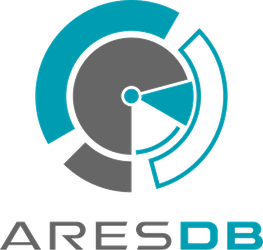AresDB
Abandoned Project OLAP
AresDB is a GPU-based real-time analytics database with low memory overhead, real-time upserts with primary key deduplication, and time series aggregations on both streaming and finite dimensional data, including geofences.
History
Uber began to develop AresDB to replace Elasticsearch as their analytical database, as Elasticsearch used inverted indexes that weren't optimized for Uber's "time range-based storage and filtering," had a lot of unnecessary overhead due to using JSON files for storage, and was JVM-based, meaning it "[did] not support joins and its query execution runs at a higher memory cost." Uber decided to accelerate AresDB with GPUs because they expect GPUs' higher core count, 'greater computational throughput", and "greater compute-to-storage (ALU to GPU global memory) data access throughput (not latency) compared to [CPUs]," will further speed up their analytical queries.
The project was last updated in 2020 and appears to be abandoned.
Joins
AresDB supports hash joins from fact tables (finite set data such as cities) to dimension tables (infinite streaming data such as rides). The database also supports geospatial joins (i.e. geographically bounded area overlap) and normal foreign key joins. Note that AresDB uses late materialization for its joins, meaning the join may not be executed until a foreign key is accessed.
Storage Architecture
Both in memory and on disk, data within the archival delay of a table (i.e. some time duration specified for each table) is kept uncompressed in live batches, while everything else is stored in compressed archival batches. If new data is ingested that is outside the archival delay, it's added to an archival backfill queue which will be inserted into the archived batches asynchronously.
Storage Model
Decomposition Storage Model (Columnar)
AresDB stores data in columnar vectors with an associated null vector and allows for partial tuple updates.
System Architecture
The CPU is only used to load information from storage into CPU memory and to distribute this data to GPU memory. The database system delegates each operator in a query to some GPU, so it's able to handle multiple GPUs by delegating different operations to different GPUs, each of which have completely separate memory.
Website
Source Code
https://github.com/uber/aresdb
Tech Docs
https://github.com/uber/aresdb/wiki
Developer
Uber
Country of Origin
Start Year
2018
End Year
2020
Project Type
Written in
Inspired By
Elasticsearch, HeavyDB, Kinetica, Ocelot, Pinot




